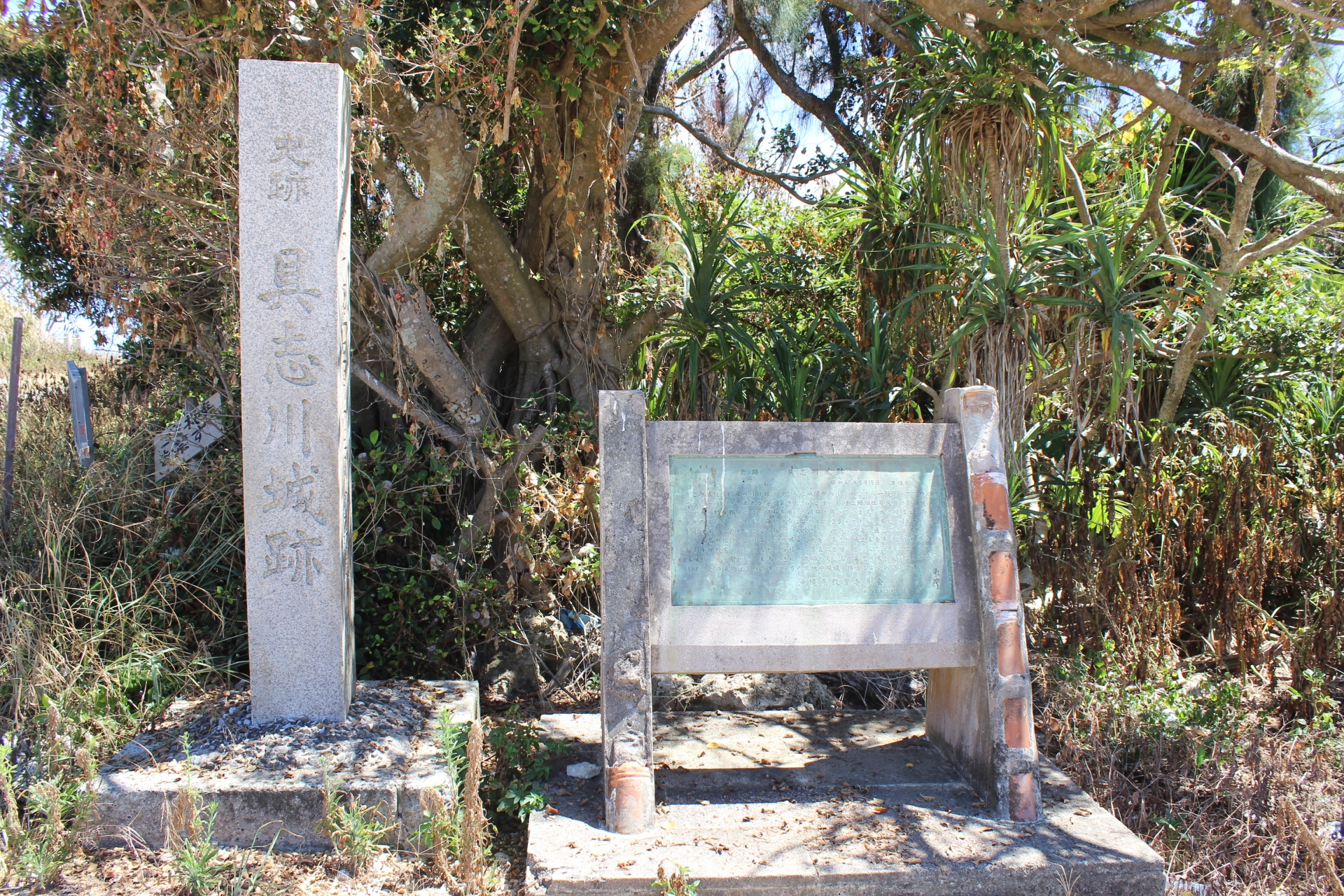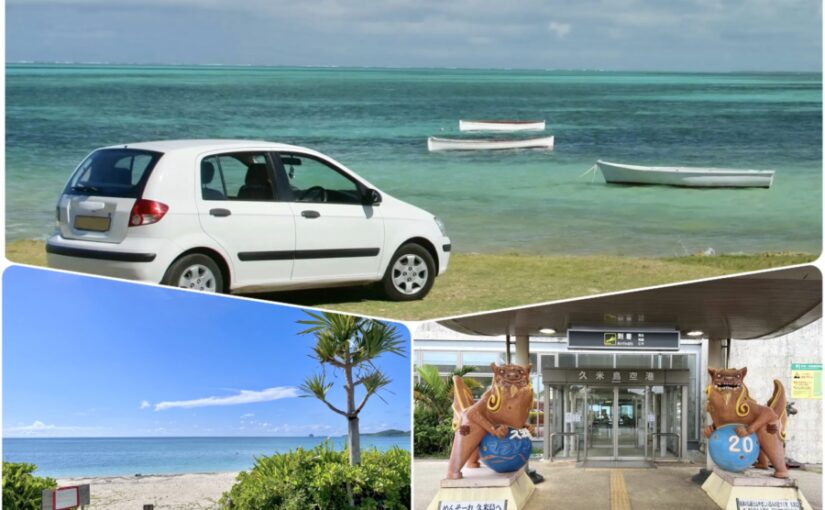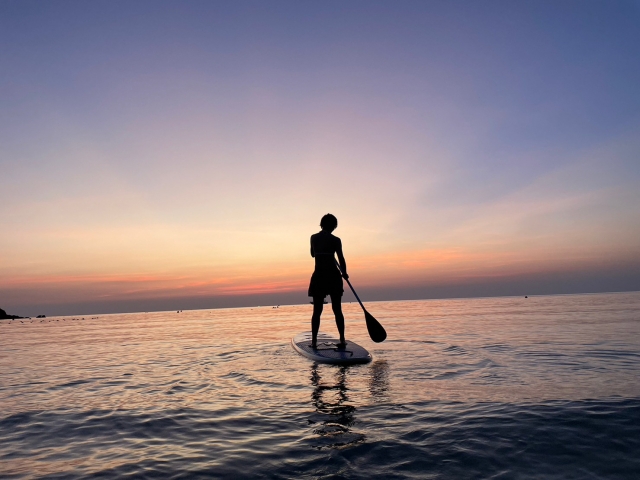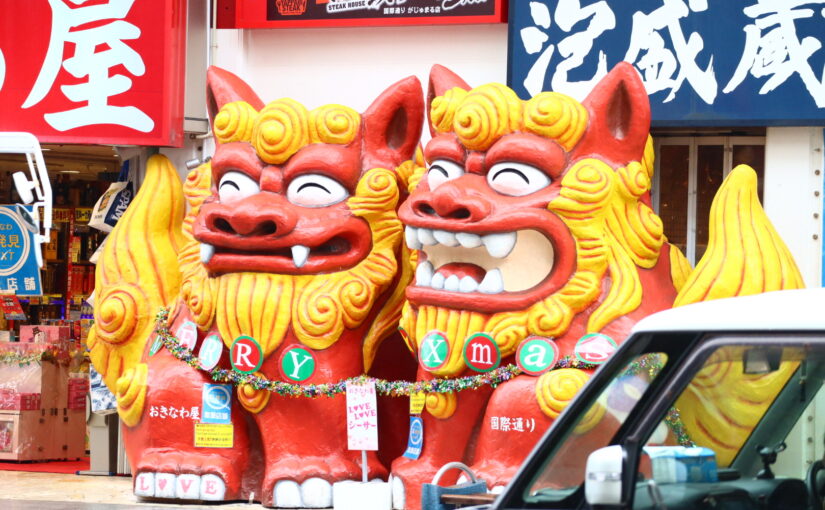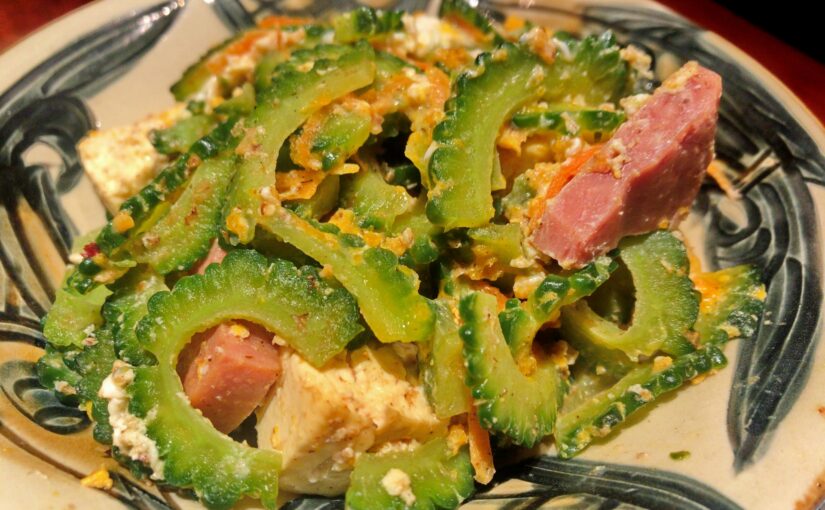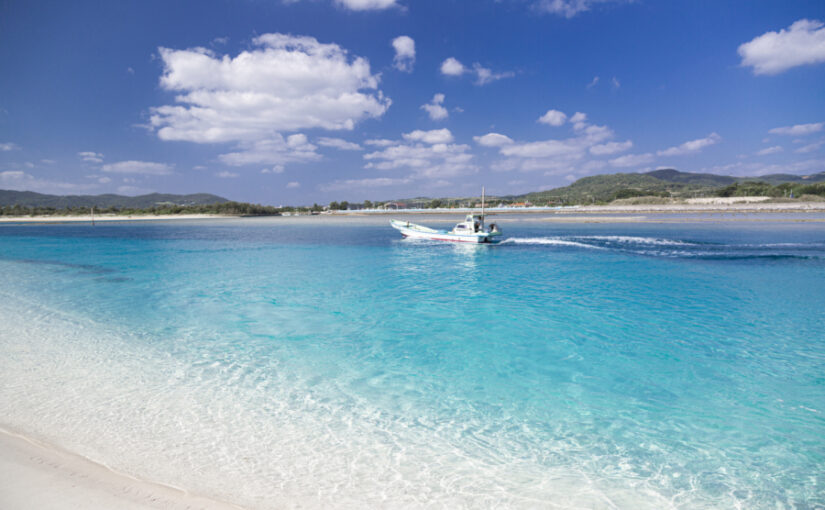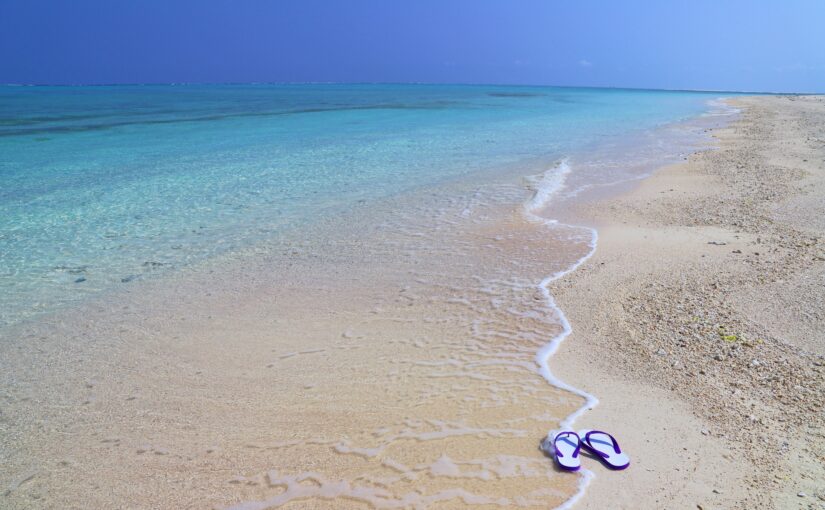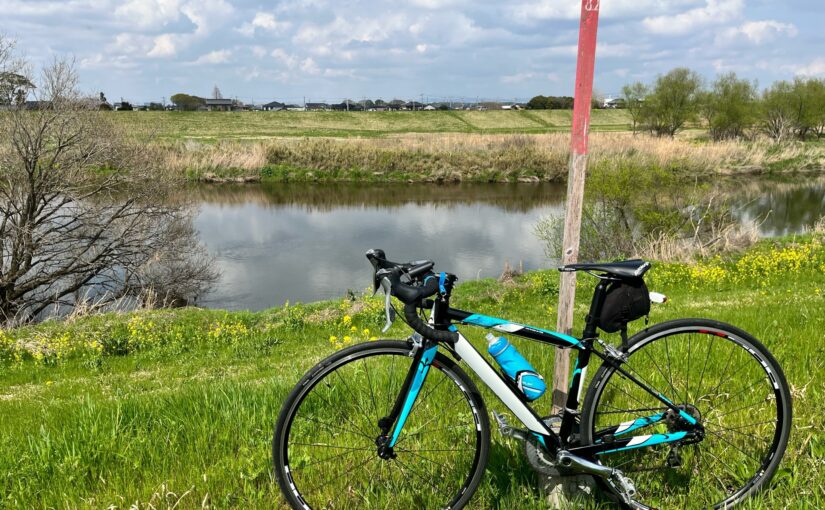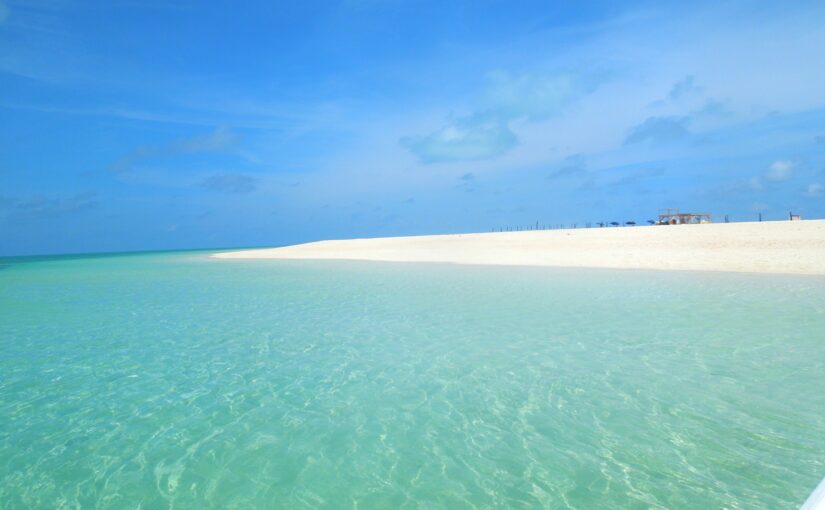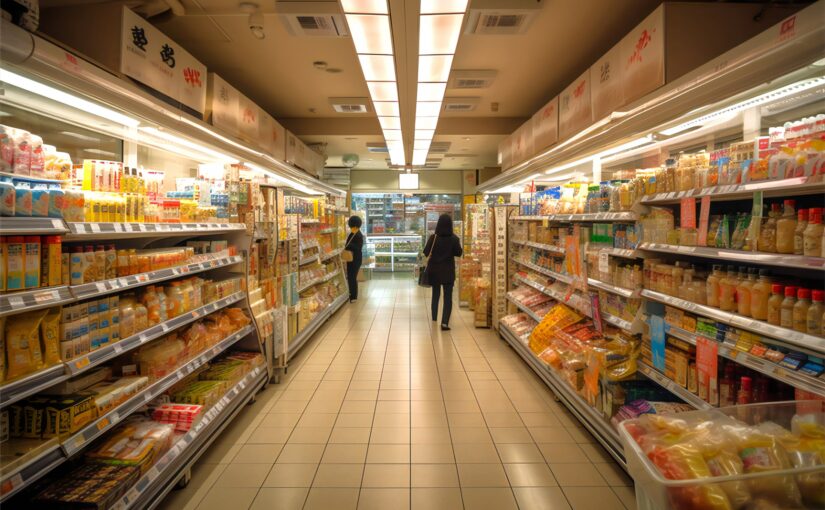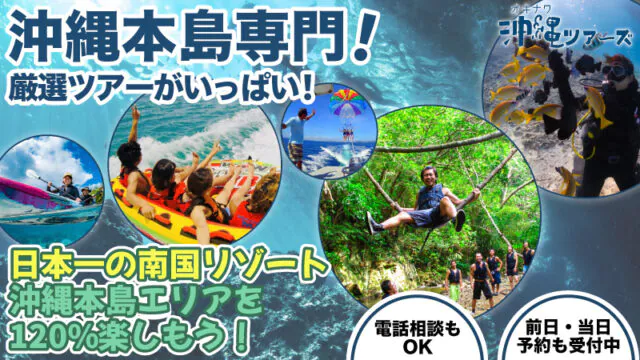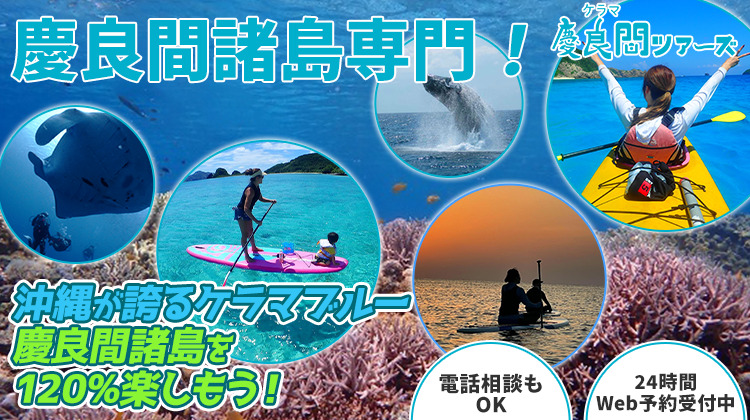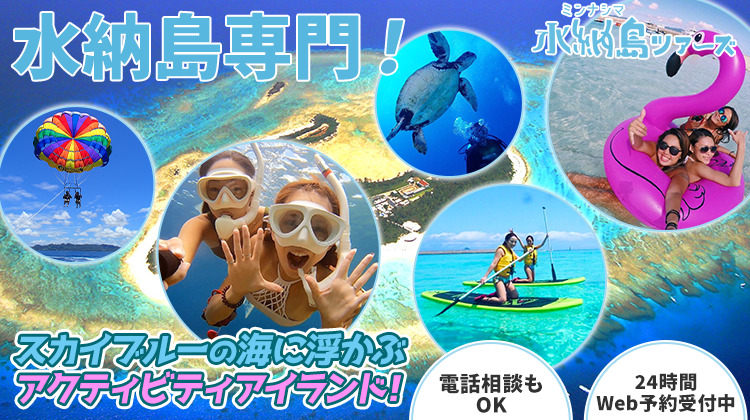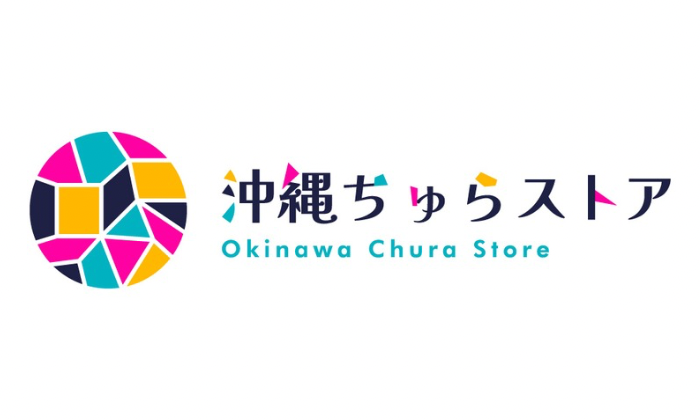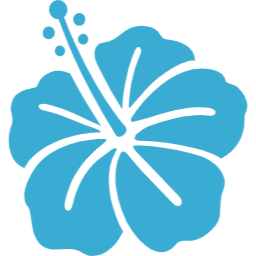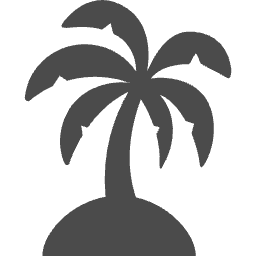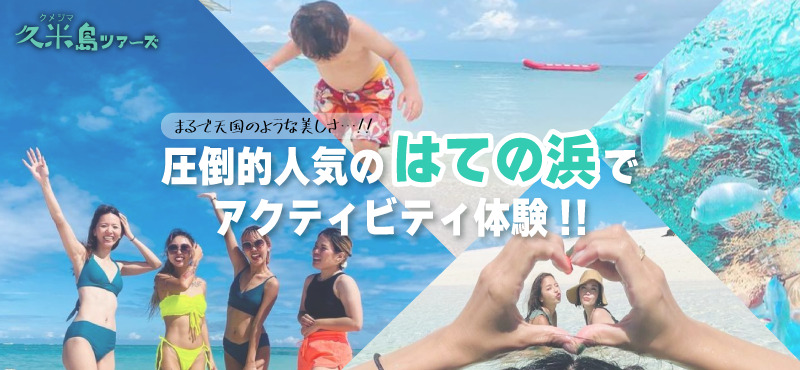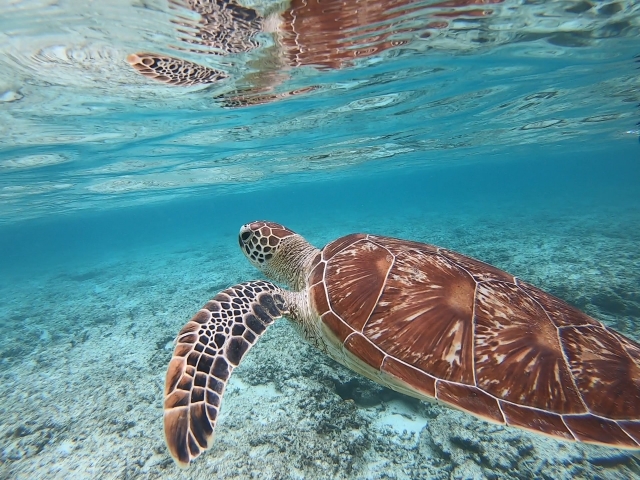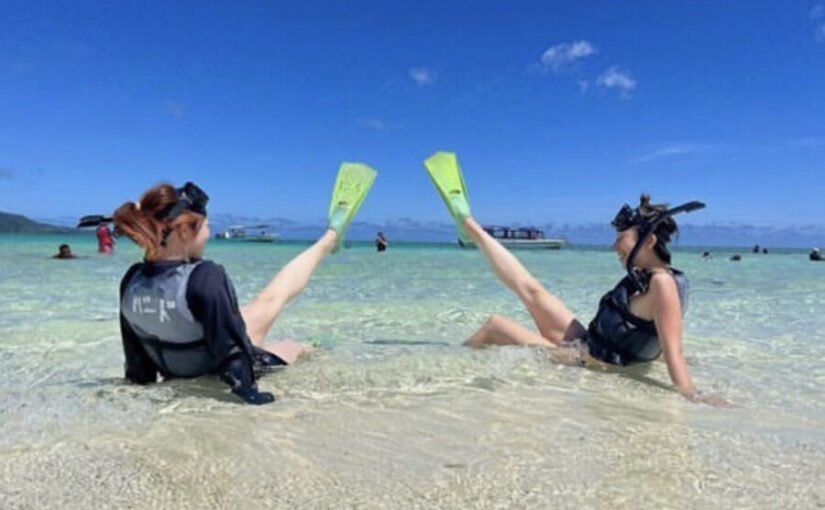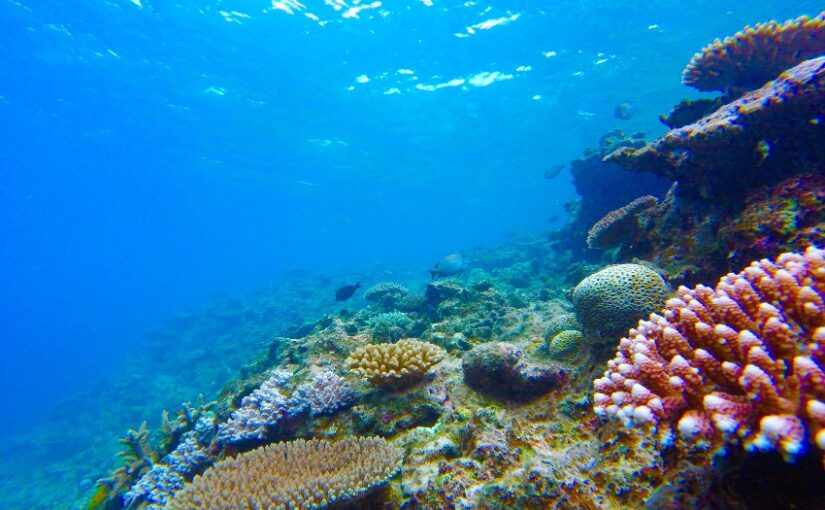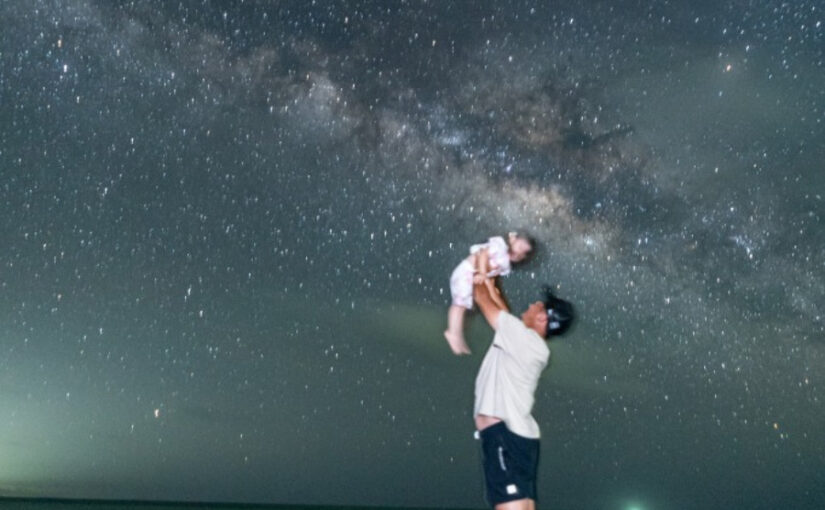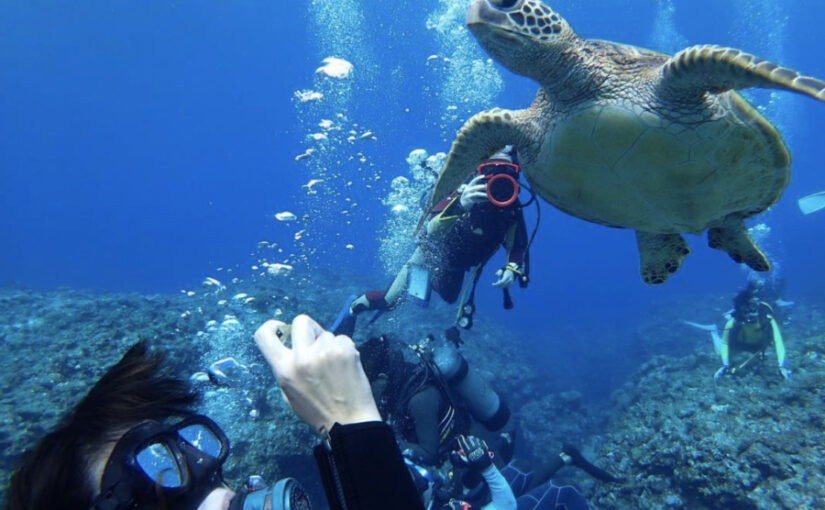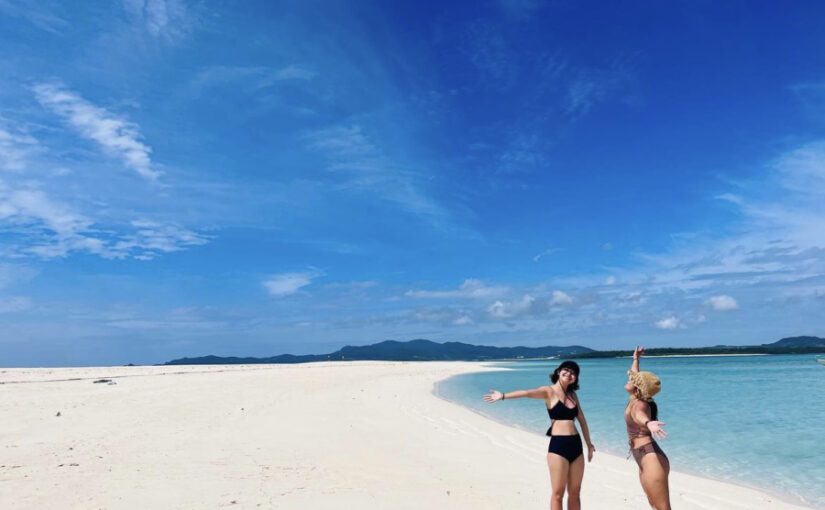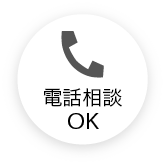A brief description of the history and culture of Kume Island! Also introduces popular tourist spots you may want to visit!
Table of Contents
- 1 If you learn about the history and culture, you will love Kume Island even more!
- 2 About the History of Kumejima
- 3 About the Culture of Kume Island
- 4 5 recommended sightseeing spots to experience the history and culture of Kume Island
- 5 Rental cars are recommended for sightseeing in remote islands! Book your rental car in Kumejima as early as possible!
- 6 summary
If you learn about the history and culture, you will love Kume Island even more!
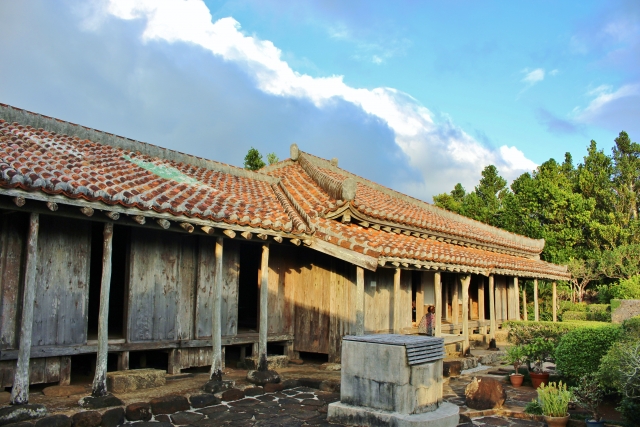
Kume Island, which has another name meaning "Island of Pearl Beauty," meaning a beautiful island, also has many places where visitors can learn about the island's history and culture.
Many Kumejima lovers may prefer beach resorts with their blue ocean, but visiting historical and cultural spots in between such trips is also recommended because it is a different kind of trip.
Kume Island has a unique island culture and many historical sites that can only be discovered by visiting the island.
We encourage you to visit these spots and learn more about the hidden charms of Kumejima.
About the History of Kumejima
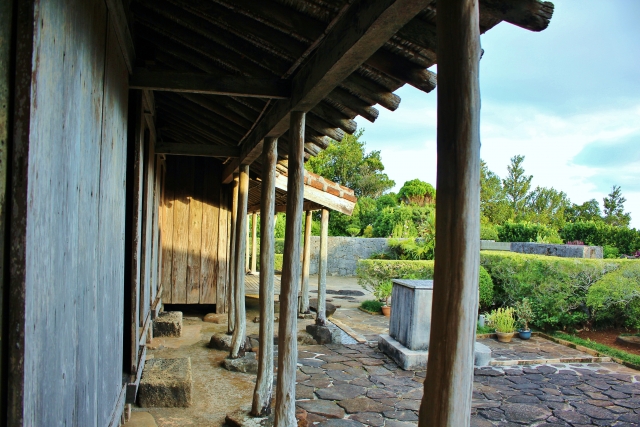
During the Gusuku period (12th to 16th centuries), several gusuku (castles) were built in the mountainous areas of Kumejima and elsewhere.
Gushigawa Gusuku and Uejo Gusuku were among the most representative of these, but were later abandoned with the unification of the Ryukyu Kingdom.
As a result, numerous ceramics have been excavated from these former gusuku sites that show traces of trade with China and Southeast Asia at that time.
During the Ryukyu Dynasty, trade and passage between China and other Southeast Asian countries, Japan, Korea, and other countries was active, and Kume Island became a stopover for many people as a port of call for such trade.
Furthermore, according to history books, since that time, the land of Kumejima has been rich in natural springs and fountains, which were also called mountain soup, and were used for rice cultivation.
About the Culture of Kume Island
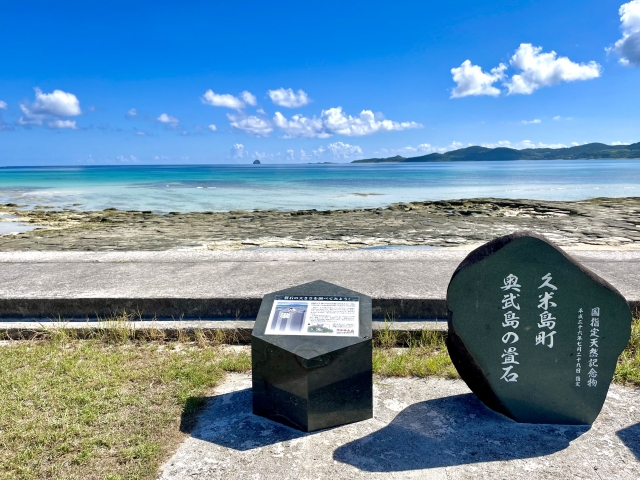
Kume Island, with its beautiful barrier reef, which has been called the best in the East, has a thriving agriculture, tourism, and fisheries industry.
In addition to this, the traditional craft of Kumejima tsumugi has also been handed down.
Kumejima Tsumugi, one of the representative traditional cultures of Kumejima, which is said to have been introduced around the 17th century, was designated as a national important intangible cultural property and a town cultural property around 2004.
Since Kumejima Tsumugi uses dyes made from plants and mud found on Kumejima, it is impossible not to speak of Kumejima Tsumugi as a concentrated entity of the culture and nature of Kumejima itself.
5 recommended sightseeing spots to experience the history and culture of Kume Island
We will introduce five must-see tourist spots for those who want to experience the history and culture of Kume Island more casually, not only from literature.
You can feel the unique culture and history of Kumejima at all of these spots, so please visit them.
Uezu Family
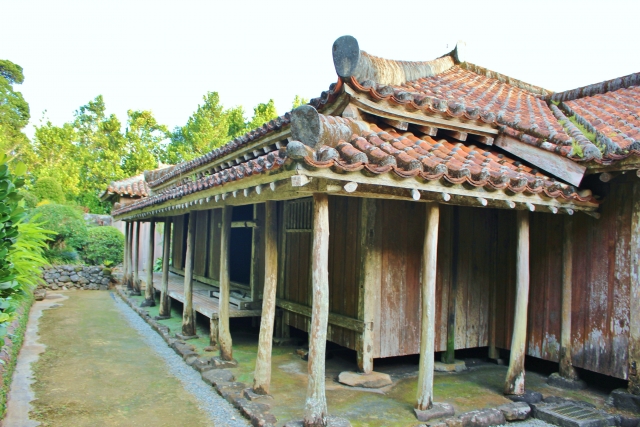
The Uezu family is the site of a private house with a bright red-tiled roof, and is said to be the oldest surviving private house in Okinawa Prefecture.
Visit these precious old houses, which can only be found on Kume Island, and explore their origins and historical background.
Spot descriptions and attractions
As we mentioned, the Uezu family is the oldest surviving minka in Okinawa Prefecture, and is also a National Important Cultural Property.
This old house is said to have once belonged to the Uezu family, descendants of a castle lord named Gushigawa of Kumejima, who served as a landowner.
The house is said to have been built in the 1700s, and is surrounded by a magnificent stone wall made of Ryukyu limestone.
Within its stone walls are storehouses, pigsties, and wells, and the entire building is still beautifully preserved today, making it easy to imagine the life of the Uezu family at that time.
If you are lucky, you may see a guide who is a descendant of the Uezu family when you visit.
Basic Information
Business hours: 9:00-18:00 (9:00-17:30 in winter)
Address: 816 Nishime, Kumejima-cho
Admission: Adults 300 yen, Junior high school students and under 200 yen, Elementary school students and under 100 yen, Children under elementary school age 100 yen
Parking: Yes
▼Learn more about the Uezu family
 Uezu Family About Uezuke The Uezuke family is an old family that has been in Kumejima for generations, with a history dating back to the Ryukyu Kingdom period. During the Ryukyu Kingdom period, the family played an important role as an official merchant and was in charge of transactions with the royal government and aristocrats. [...].
Uezu Family About Uezuke The Uezuke family is an old family that has been in Kumejima for generations, with a history dating back to the Ryukyu Kingdom period. During the Ryukyu Kingdom period, the family played an important role as an official merchant and was in charge of transactions with the royal government and aristocrats. [...].
Gushigawa Castle Ruins
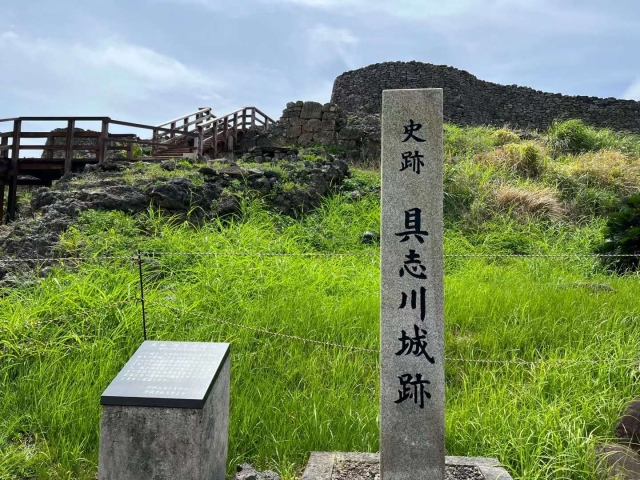
Located on the northwest coast of Kume Island, the ruins of Gushigawa Castle are situated on a hillside facing the sea.
It is said that a ruler named Shinjin Koe arrived here in the early 15th century and built the castle, which is now designated as a national historic site.
At one time the walls of the castle were on the verge of crumbling, but repairs are underway and the castle has returned to a fine appearance.
It is also located by the sea and is worth a visit as a point for admiring the spectacular view.
Spot descriptions and attractions
The Gushigawa Castle ruins are divided into four sections, each of which is partitioned by a stone wall.
The city walls are made of andesite piled in flat stones, and its unique appearance can also be enjoyed.
Excavations that began in 1999 have unearthed Chinese ceramics, coins, and other artifacts, suggesting that trade with China and other foreign countries was active at that time.
Another interesting feature of the castle is a fire pit that leads directly to the sea, known as a hieftchimy.
Basic Information
Opening hours: Free tours
Address: Kumeshihara, Nakamurakado, Kumejima-cho
Admission: Free
Parking: Yes
▼Learn more about Gushigawa Castle Ruins ▼
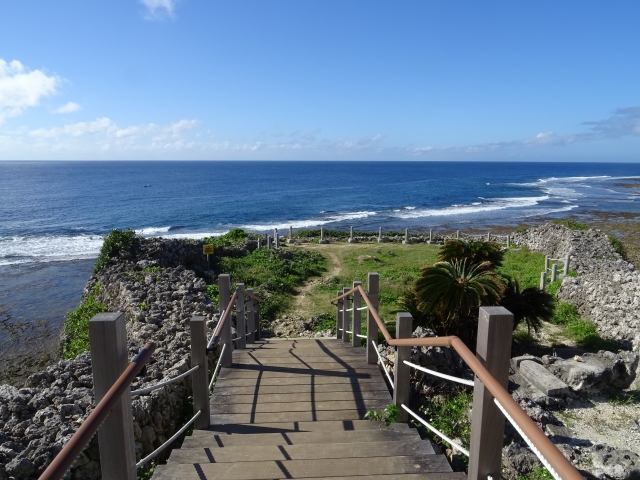 Gushigawa Castle Ruins The Gushikawa Castle Ruins on Kume Island are the remains of an important castle in the history of the Ryukyu Islands, built in the early 15th century by a powerful clan called "Aji" who were in control of the island. Located on a limestone hill facing the northwest coast of Kume Island, it is now a stone [...].
Gushigawa Castle Ruins The Gushikawa Castle Ruins on Kume Island are the remains of an important castle in the history of the Ryukyu Islands, built in the early 15th century by a powerful clan called "Aji" who were in control of the island. Located on a limestone hill facing the northwest coast of Kume Island, it is now a stone [...].
Uimarukan, the home of Kumejima Tsumugi
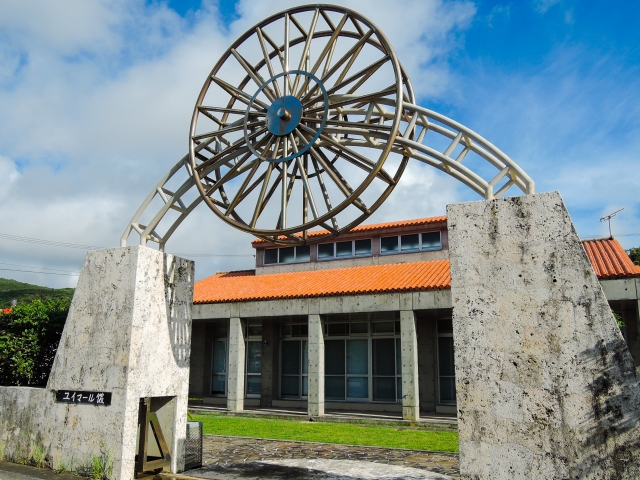
You can see the history and production process of Kumejima Tsumugi silk, which is still preserved and produced using traditional Kumejima techniques, on display at the Uimarukan, the home of Kumejima Tsumugi silk, on the spot.
There are also hands-on facilities here for the whole family to enjoy.
Spot descriptions and attractions
At this facility, visitors can observe the production process of Kumejima Tsumugi (silk pongee), which is a traditional handicraft and a cultural asset of Kumejima Island.
At the workshop, visitors can try their hand at weaving and dyeing, and the works dyed during the experience can be taken home as souvenirs, making it very popular with tourists.
In addition, many processed Kumejima tsumugi products made by craftsmen are displayed and sold.
Basic Information
Business hours: 9:00-17:00
Address: 1878-1 Masha, Kumejima-cho
Admission: Adults 200 yen, children (elementary and junior high school students) 100 yen
Weaving experience: 2,200 yen
Dyeing experience: 2,400 yen
Parking: Yes
▼Kumejima Tsumugi no Sato More about Yuimar Pavilion ▼
 Uimarukan, the home of Kumejima Tsumugi Kumejima Tsumugi Yuimarukan is a facility where visitors can learn the history and working process of Kumejima Tsumugi, a traditional handicraft of Kumejima Island. In the facility, Kumejima Tsumugi is exhibited and sold, and hands-on workshops are held where you can actually try weaving and dyeing Kumejima Tsumugi. [...].
Uimarukan, the home of Kumejima Tsumugi Kumejima Tsumugi Yuimarukan is a facility where visitors can learn the history and working process of Kumejima Tsumugi, a traditional handicraft of Kumejima Island. In the facility, Kumejima Tsumugi is exhibited and sold, and hands-on workshops are held where you can actually try weaving and dyeing Kumejima Tsumugi. [...].
Kumejima Museum
The Kumejima Museum is a must-see for those who want to learn about the nature and culture of Kumejima first before touring the island.
The four main themes of Kumejima are Nature, Treasures, Changing Times, and Life on Kumejima.
Spot descriptions and attractions
The Kumejima Museum opened in 2000 and is widely known as one of the best comprehensive cultural facilities on Kumejima.
It introduces the nature, culture, history, and folklore of Kume Island in detail, and is a must-visit spot for those who want to know and learn about the island.
The entrance of the facility is equipped with a touch panel that allows visitors to search for historic sites on the island and a video terminal that introduces ritual events, and is freely accessible to all.
In addition, the permanent exhibition room has many exhibits ranging from easy-to-understand models and documents of the animals and plants that inhabit Kume Island to daily life articles and farming tools made by the islanders in the past, as well as artifacts excavated from the ruins.
Visitors to this facility will be able to obtain information on each spot on Kume Island, which will help them plan a fulfilling trip.
In addition, there are exhibits where visitors can learn about the history of the Ryukyu Kingdom period, making it very interesting just to visit.
Basic Information
Hours: 9:00-17:00 (last admission at 16:30)
Address: 542 Kadekaru, Kumejima-cho
Admission: 200 yen for adults, 150 yen for high school and university students, 100 yen for elementary and junior high school students *Group rates are available.
Parking: Yes
In addition, barrier-free restrooms and wheelchairs are available.
Maisa Settlement
In the village of Maaya, there is the site of Nakazato Makiri Kuragen, which was a kuragen (present-day government office) during the Ryukyu Kingdom period.
Around the site, there are old houses, a 40-meter-long avenue of fukugi trees, and other famous landmarks, as well as buildings designated as tangible cultural properties by the prefecture.
It is a historical spot where visitors can get a glimpse of the emotional old houses of Kumejima and the lifestyle of the time.
Spot descriptions and attractions
Lined with fukugi trees with their bright green leaves, the village of Maeza is one of Kume Island's most picturesque settlements.
The maze-like, winding sidewalks, which were created as a typhoon countermeasure, show that the wisdom of our ancestors has been put to good use.
The houses have red-tiled roofs, and the gardens are filled with papayas, guavas, and mangoes, and a sweet aroma wafts through the air.
Then, head near Misaki Elementary School and you will find a stone wall, a nationally important cultural asset, which is the former site of the old Nakarimakiri warehouse.
This is the site of a warehouse that functioned as a local administrative office during the Ryukyu Kingdom period, where stone walls made of coral limestone and a beautiful arched gateway can be seen standing.
It is a very interesting place because it suggests that these advanced stone-making techniques were used on Kume Island from that time.
Next, you can visit Tenhoumiya (a shrine enshrining a deity), a prefectural tangible cultural property building, and join hands with the guardian deity of navigation to pray for travel safety.
Finally, take a commemorative photo in front of a tall natural monument, Fukugi, to conclude your stroll through the village.
Near Fukugi is the birthplace of Yoshitada Nakahara, an educator from Kumejima, called the Nakahara family.
The concierge is currently stationed here to provide support to prospective immigrants.
If you are interested, why not stop by during your stroll?
Basic Information
Hours: Open all year round, free admission
Nakahara House is open from 10:00 to 16:00 and closed on Sundays, Mondays, national holidays, and during the year-end and New Year's holidays.
There are other days when the concierge is temporarily closed for outside work or is not available.
Address: Maisa, Kumejima-cho, Shimajiri-gun
Admission: Free
Parking: No
A rental car is recommended for sightseeing in the islands!
Book your rental car on Kumejima Island early!
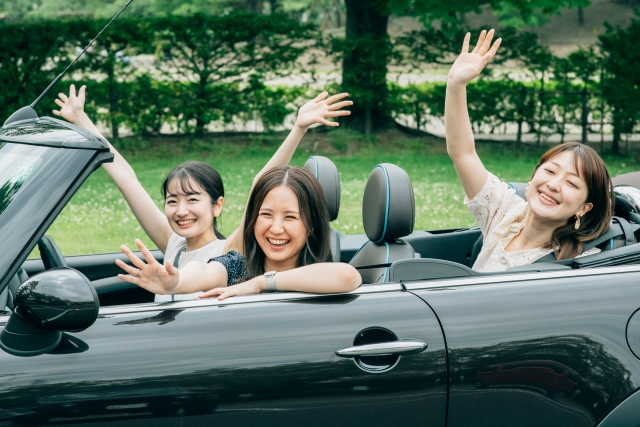
A rental car is recommended for getting around on Kume Island!
It is recommended because we can move around during the trip and also at our own timing, such as early morning (sunrise), sunset, or a short trip outside to see the stars!
▼Learn more about car rentals ▼
summary
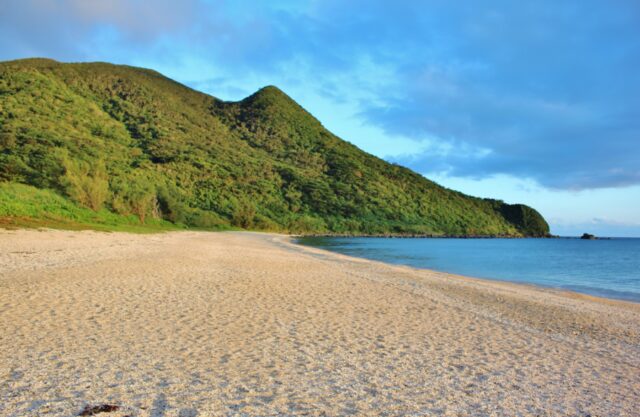
We have introduced a number of local cultural and historical spots where you can learn about the history and culture of Kume Island.
Even if you are not interested in history, you will surely enjoy learning about it if you visit as part of your sightseeing tour.
It is also a good opportunity to learn more about Kumejima's history, not only its resort aspect, but also its Ryukyu Dynasty and Gusuku period, which is different from the history of mainland Japan.
In addition, by experiencing the unique culture of Kumejima, you will learn about the deep charm of Kumejima, and you will surely fall in love with the island even more.

